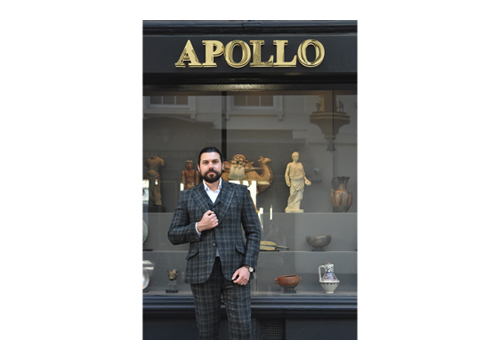
Dr. Ivan Bonchev (PhD, University of Oxford) stands in front of his London art gallery and auction house, a business that is an outgrowth of his lifelong passion for ancient art and coins.
LONDON – Dr. Ivan Bonchev, founder of Apollo Galleries and Apollo Art Auctions, has long been fascinated with ancient art and antiquities. An expert in ancient and cultural art and numismatics, he graduated with a PhD from the University of Oxford. Ivan opened his gallery in 2008, adding the auction house nine years later. Today, Apollo Art Auctions sells a diverse array of ancient art, including Asian and Islamic, as well as ancient relics and coins.
How did you become interested in ancient art?
I’ve always been interested in history and collecting because both my great-grandfather and grandfather were collectors, and I inherited a pretty nice collection of silverware and coins from them.
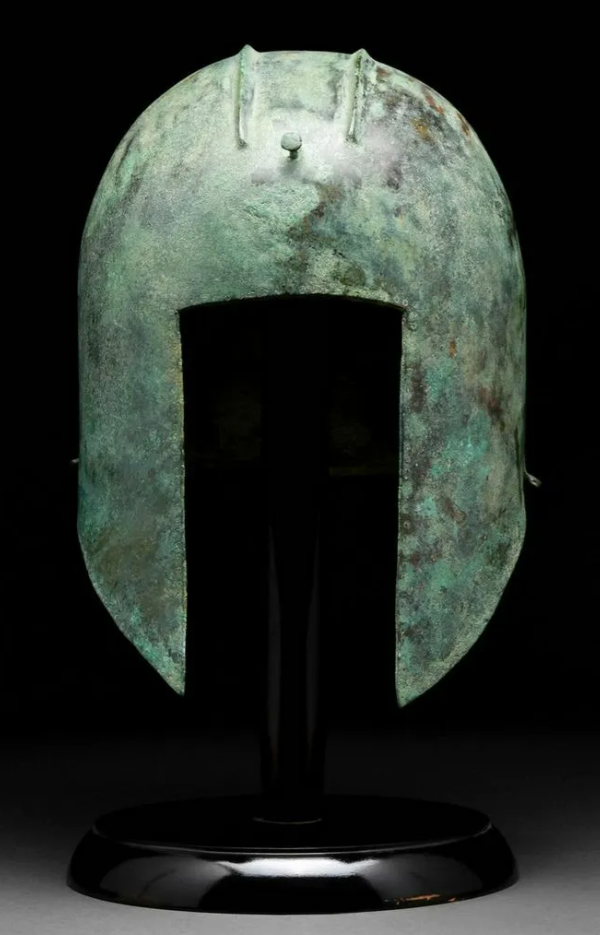
When did you become aware of the antiques trade and what made it appealing to you?
I’ve always been fascinated by selling antiques because the value of those pieces is subjective. In order to sell them for a high price, it’s about the skill of the seller, the dealer or the auction house. When I was nine or 10 years old, I joined several numismatic societies and would go to coin fairs. I actually started selling on eBay when I was 13. My mother opened an account in her name because I couldn’t have a bank account back then, and I started selling coins and antiques.
I was watching Christie’s, Sotheby’s and Bonhams auctions all the time. Since I was maybe 12, I wanted to have an auction house, so I was really fixated around that idea. For my undergraduate, masters and PhD, I went to study ancient art, numismatics and classical archaeology at Oxford.

Please tell us about your auction house, which is located across from The British Museum.
About five years ago, the auction house was set up as a separate part of the business from the gallery. Initially, we became a specialized auction house, just ancient art and ancient numismatics, but now we have departments in ancient and medieval coins, ancient art and antiquities, Asian art, and Islamic art. I am trying to build it up but still stay specialized in pre-17th-century art and bring the best pieces to our clients.
What is your business approach?
I would say we are a gallery-style auction house because we offer more to our clients with a full range of services. We offer in-house shipping, we take care of their collections, and we find pieces for them. We organize events in our gallery in central London and we invite our clients to lectures and other events. We try to be very interactive with our clients and not just be the middleman where you’ll bring us some stuff, we photograph it, offer it for sale, sell it and that’s it.

Can you tell us about a notable item you have auctioned recently?
One of our best sales was a couple of weeks ago, in July, where we sold the crusader knight’s iron helmet [it realized more than $100,000]. It is intact, extremely well preserved and fully authenticated.
How do you vet antiquities?
We have equipment for thermoluminescence analysis and for X-ray fluorescence, so we can perform scientific tests on the objects here at our gallery. We collaborate with the Art Loss Register so we can make sure that the items we sell are legal and not stolen, and we can obviously try to find extra information for provenance, which is something that is important for ancient art. Nowadays, people always look for it, so we perform due diligence.
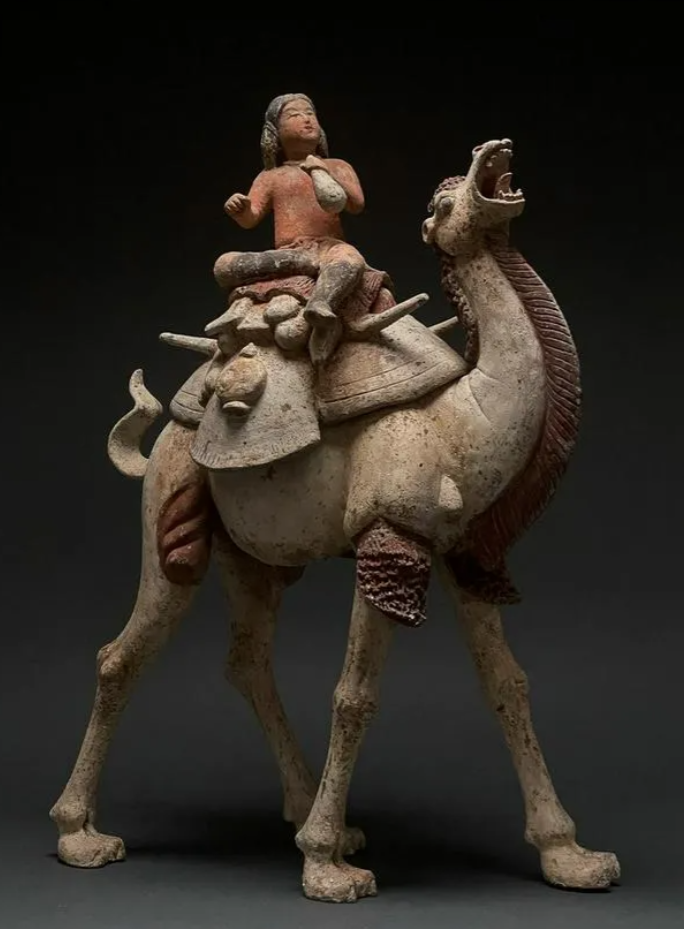
What does a typical day on the job look like for you? Are you mostly on the road or in the office?
I am always all over the place from the gallery to the lab and the offices. Most of my work is related to finding consignors and communicating with our clients, so I am really dedicated to that part of the business, which I personally love. I also have the expert knowledge, so I am curating the sales myself. I am always finding objects and negotiating with vendors and buyers. Most of my work is related to managing the business and being personally involved with our clients.
What do you personally collect?
I collect Greek pottery, Roman bronzes and marbles, as well as gold jewelry. I like Egyptian organic artifacts, meaning artifacts made out of wood or leather. I own several Egyptian sarcophagi. My wife has issues with having sarcophagi in our house, so they are not in the bedroom or the living room, but, yes, I do collect a lot. It’s pretty much my passion. My house used to be like a museum. I now have a little one, he is three years old, and we are expecting a second baby now, so we have had to be careful with the types of items I can display. I have had special [display] pieces constructed so my son can’t play with the Roman pottery much.
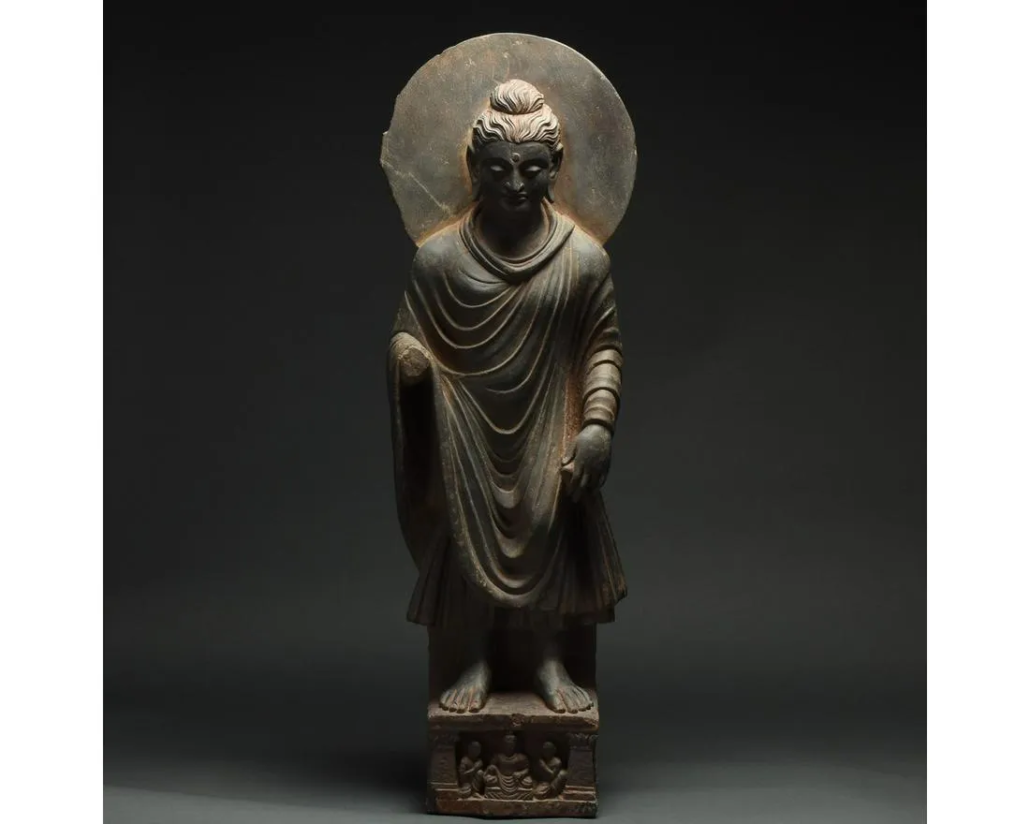
What are some important recent trends you have seen?
Auction houses are getting bigger and bigger; more and more items are getting traded, and even smaller provincial auction houses in Europe or England are doing extremely well. What I see as a strength lately are pieces that are used for interior design – there is more and more interest in ancient art being used in contemporary interior designs.
The other extremely popular category is ancient jewelry, especially wearable jewelry. It is extremely collectible not just in Europe and America, but also in China. We are selling a lot of intaglios, Roman stones, Greek pieces and jewelry to China these days, which means they are open to this particular segment of the ancient art market.
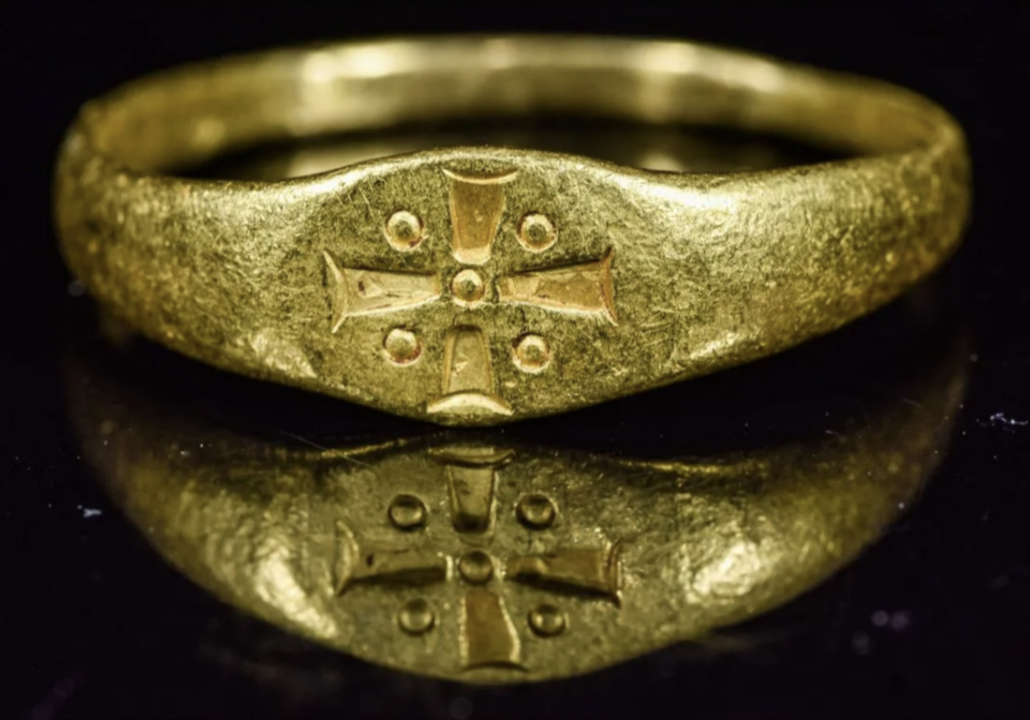
How does LiveAuctioneers assist in growing your business?
Using LiveAuctioneers helps us meet a massive international audience, especially from the US market. We have more than 5,000 individual bidders from LiveAuctioneers, which is impressive.
To contact Dr. Ivan Bonchev or to discuss a future consignment to Apollo Art Auctions, call +44 7424 994167 or email info@apollogalleries.com. Click to visit Apollo Art Auctions online.


